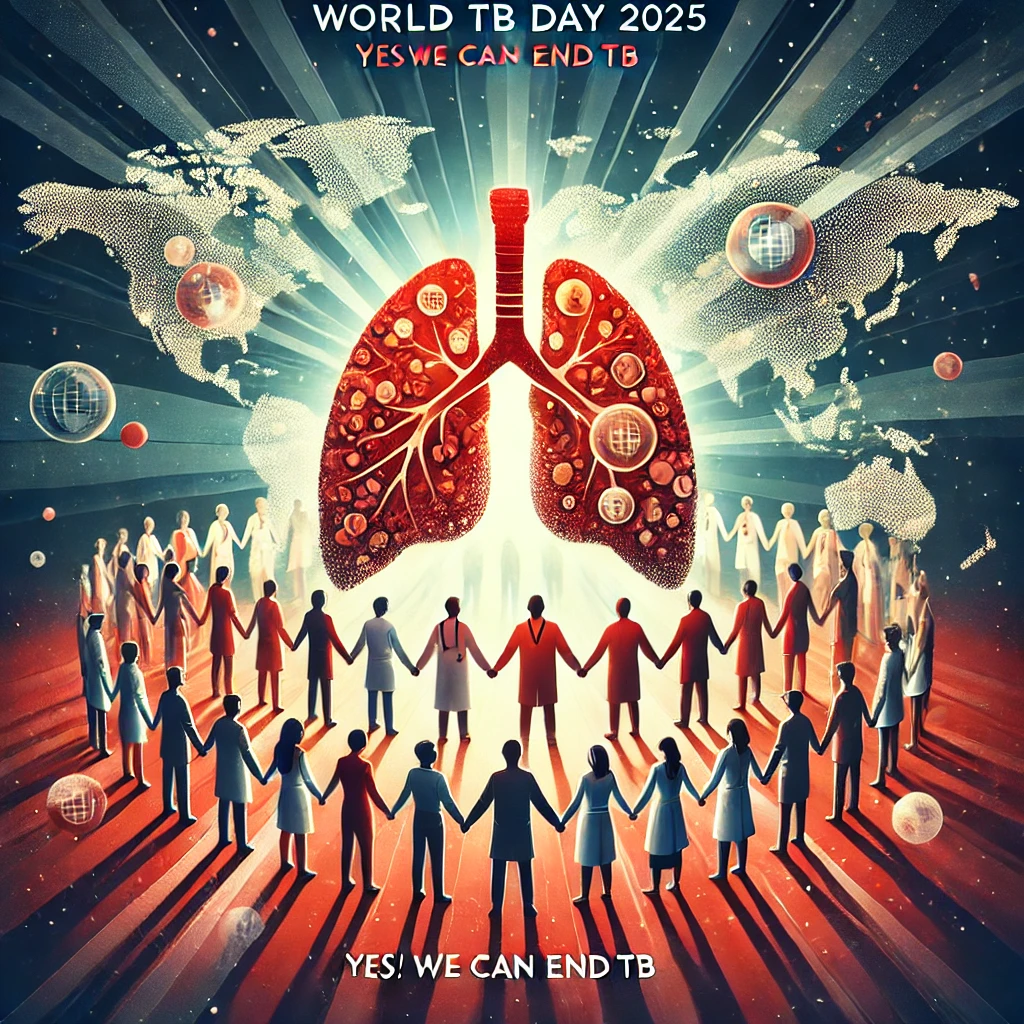Introduction to Early Deaths in Younger Generations
Early deaths, defined as fatalities occurring before the age of 40, have become a pressing concern across various regions of the world. This phenomenon particularly affects younger generations, including children, adolescents, and young adults, highlighting significant disparities in health outcomes compared to older cohorts. The increasing mortality rates among these age groups warrant detailed investigation and understanding. Recent statistics indicate a troubling rise in preventable causes of early deaths, underscoring the necessity for proactive measures to mitigate these outcomes.
Current data reveals that certain factors, including mental health issues, substance abuse, and preventable diseases, are contributing significantly to the mortality rates of younger individuals. For instance, research indicates that unintentional injuries, such as drug overdoses and car accidents, have become leading causes of death within this demographic. Furthermore, emerging diseases, lifestyle-related health challenges, and social determinants such as economic instability and access to healthcare exacerbate the situation, creating a complex landscape where younger generations face unprecedented threats to their longevity.
Understanding the underlying causes of early deaths is not merely an academic exercise; it carries profound implications for families, communities, and society at large. These premature losses generate emotional anguish for loved ones and impose significant economic burdens on healthcare systems and public resources. Consequently, addressing this issue effectively requires a multi-faceted approach that encompasses healthcare access, community support systems, and educational initiatives aimed at fostering healthier lifestyles.
The urgency of this matter cannot be overstated; with mortality rates changing so dramatically, stakeholders from healthcare providers to policymakers must pay close attention to the trends affecting the younger population. By exploring the multifaceted causes behind early deaths, society can work towards implementing effective strategies to ensure healthier outcomes for future generations.
Major Health Risks and Their Impacts
The increasing rate of early deaths among younger generations can be attributed to several significant health risks, each contributing to declining life expectancy. Among these, mental health issues are paramount. According to the World Health Organization, depression and anxiety disorders are prevalent in adolescents and young adults, affecting their overall well-being and increasing the risk of suicide. The stigma surrounding mental health often prevents individuals from seeking necessary treatment, further perpetuating this cycle of despair.
Substance abuse is another critical factor influencing early mortality rates in younger populations. The rise in opioid use, as well as dependence on alcohol and illicit drugs, has led to a surge in overdose deaths. According to the National Institute on Drug Abuse, young adults aged 18 to 25 are among the most affected by substance-related complications, contributing decisively to the early death statistics. The social environment, including peer pressure and accessibility, plays a significant role in exacerbating this issue.
Obesity represents a notable health risk, often linked to sedentary lifestyles and poor dietary choices. The Centers for Disease Control and Prevention report that obesity significantly increases the likelihood of developing chronic diseases, such as diabetes and cardiovascular issues. Young individuals are at risk of facing these health complications early in life, which can lead to decreased life expectancy.
Moreover, chronic conditions like diabetes and heart diseases are increasingly diagnosed in younger demographics, primarily due to lifestyle choices and the absence of preventive healthcare measures. These health concerns create a dangerous feedback loop, where poor lifestyle choices lead to chronic diseases, which in turn discourage healthful behavior. Addressing these interconnected health risks through education and early intervention can significantly improve outcomes for younger generations.
Societal and Environmental Influences
The prevalence of early deaths among younger generations can be significantly attributed to various societal and environmental factors. Socioeconomic status is one of the most critical determinants; individuals from lower-income backgrounds often experience higher rates of illness and mortality due to limited access to resources, including nutritious food, healthcare, and safe housing. The gap in socioeconomic stability can lead to chronic stress, which adversely affects mental and physical health, ultimately resulting in higher mortality rates.
Education also plays a crucial role in influencing health outcomes. Higher levels of education correlate with better health awareness and practices, enabling individuals to take proactive measures regarding their well-being. Conversely, those lacking adequate education may have lesser knowledge about health risks and prevention strategies, leaving them vulnerable to conditions that could lead to early death. Additionally, educated individuals often have improved job prospects, which can help mitigate the socioeconomic challenges they face.
The accessibility and quality of healthcare services are further key components impacting early mortality. In many communities, particularly those with low-income populations, access to healthcare is limited due to factors like insufficient medical facilities, clinician shortages, or lack of transportation. These barriers can delay diagnosis and treatment of serious health conditions, resulting in preventable early deaths.
Environmental factors, such as pollution and urban development, also contribute to health issues in younger populations. Exposure to air and water pollution can lead to respiratory, cardiovascular, and developmental disorders, directly affecting longevity. Safe recreational spaces are also essential; communities lacking parks or safe avenues for physical activity may see higher rates of obesity and related diseases, significantly enhancing the risk of early mortality. Furthermore, the built environment, including housing quality and neighborhood safety, profoundly influences physical and mental health, encapsulating a broader understanding of health determinants for younger generations.
Call to Action: Strategies for Improvement
The alarming trends regarding early deaths among younger generations require a multifaceted approach to instigate meaningful change. First and foremost, individuals are urged to take proactive steps towards their own health and well-being. This includes maintaining a balanced diet, engaging in regular physical activity, and seeking mental health support when necessary. These personal initiatives can significantly contribute to improving overall health outcomes and reduce the risk of chronic diseases that lead to premature mortality.
At the community level, the establishment of innovative programs aimed at promoting mental and physical well-being is vital. Community health initiatives, such as wellness workshops, mental health awareness campaigns, and accessible fitness programs can empower individuals and foster a supportive environment. Schools and educational institutions should integrate health education into their curricula, focusing on essential life skills like stress management, healthy eating habits, and physical fitness. By instilling these values from a young age, we can cultivate a generation that prioritizes health and wellness.
Moreover, governmental involvement is crucial to address the systemic issues contributing to early deaths. Policymakers must prioritize healthcare improvements, enhancing access to affordable and quality medical services. This includes expanding mental health resources and support systems. Additionally, implementing policies that address social determinants of health—such as poverty, education, and housing stability—can create an environment where younger generations have the opportunity to thrive.
Finally, collaboration among individuals, communities, and governments is essential to foster a holistic approach to health. Encouraging partnerships with local organizations and healthcare providers can create comprehensive support networks for those in need. By recognizing our collective responsibility, we can work towards combating the root causes of early deaths in younger populations and inspire a healthier future.










